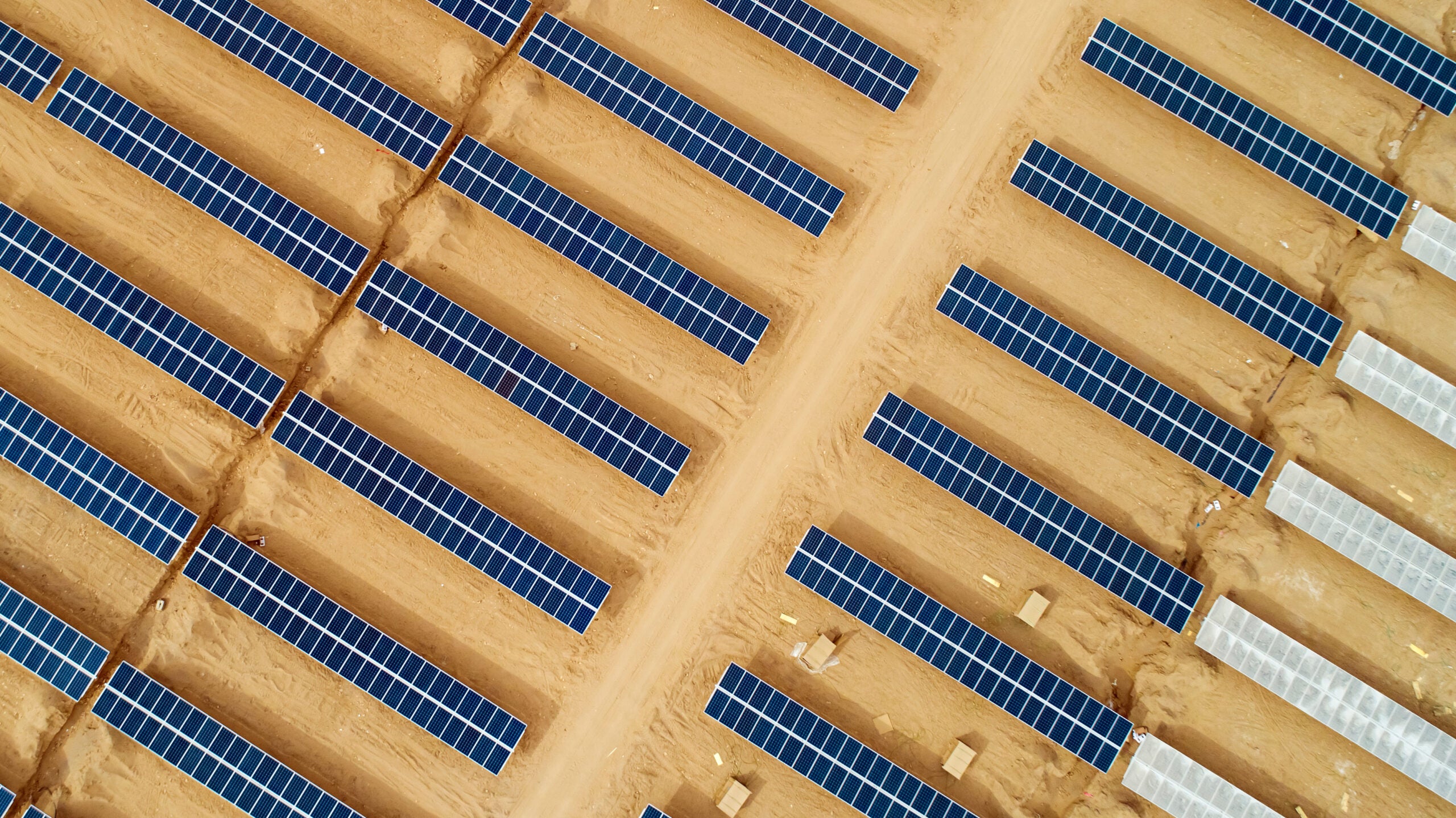
Blade Dynamics has shipped its modular D78 turbine blade for testing at the Offshore Renewable Energy Catapult’s (ORE) facility in Blyth, UK.
The D78 blade features several new technologies, including a lightweight and high-dimensional accuracy blade tip, with built-in leading edge protection.
How well do you really know your competitors?
Access the most comprehensive Company Profiles on the market, powered by GlobalData. Save hours of research. Gain competitive edge.

Thank you!
Your download email will arrive shortly
Not ready to buy yet? Download a free sample
We are confident about the unique quality of our Company Profiles. However, we want you to make the most beneficial decision for your business, so we offer a free sample that you can download by submitting the below form
By GlobalDataThe modular design is aimed to minimise variation in blade construction, and simplify the manufacture and transportation processes.
Blade Dynamics designed the D78 blade based on cooperative working with Siemens turbines. The company secured support from the Department of Energy and Climate Change, Carbon Trust, The Dow Chemical Company, Nasa, and the UK’s Energy Technology Institute (ETI).
Blade Dynamics CEO Pepe Carnevale said: "The UK has a great tradition of innovation in many industries that intersect and are highly relevant to large, high-performance wind turbine blades, and this new blade type is a great opportunity for the UK.
"First and foremost, this can reduce the cost of energy very significantly, but there are also several other unique benefits. Because the blades are assembled from smaller components, we are not constrained by expensive new factories dependent for survival on a very limited local market, making big blades in one big factory."
ETI has supported the development since 2012. Technology used by the 78m blade has the capacity to make rotors with diameters exceeding 200m, for reduced energy costs.
ETI CEO David Clarke said: "Once commercialised, this technology can create a pathway to improving performance, reliability and cost for offshore wind, as well as providing an exciting route for the future export of blade components from the UK.
"We look forward to the structural testing at ORE Catapult in the UK, and are investigating ways to demonstrate a rotor using this technology on the 7MW turbine that ORE Catapult is in the process of acquiring."
Image: The D78 blade, designed based on cooperation with Siemens turbine. Photo: courtesy of Blade Dynamics.




